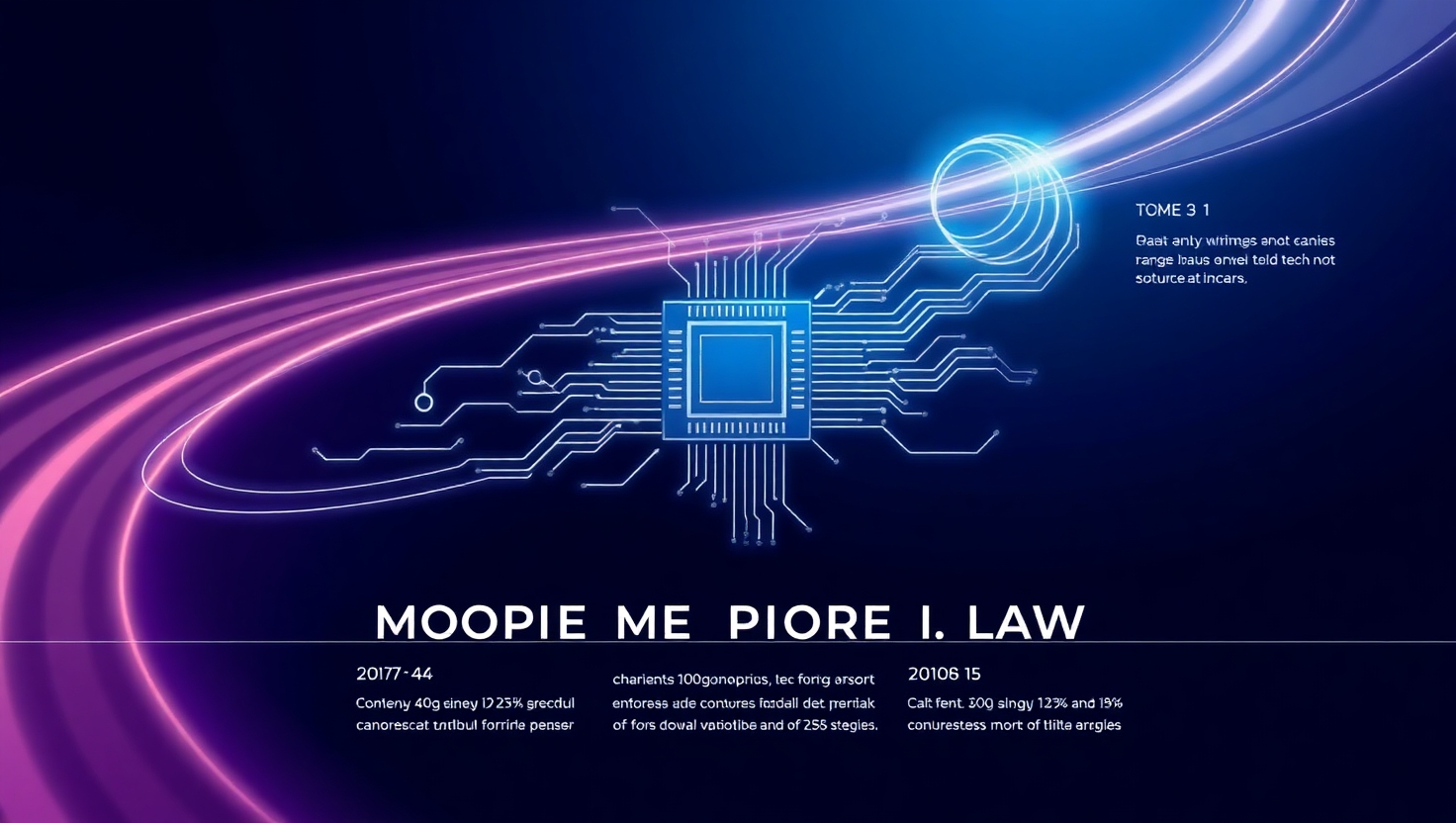The Role of Moore’s Law in Computing
The Role of Moore’s Law in Computing
For decades, Moore’s Law has served as a guiding principle in the evolution of computing. Coined by Gordon Moore, co-founder of Intel, in 1965, it observed that the number of transistors on a microchip doubles approximately every two years, leading to exponential growth in computing power. While its relevance is now being questioned in the face of physical and technological limitations, its impact on the digital revolution remains undeniable.

Understanding Moore’s Law
Moore’s original observation was based on an emerging trend in semiconductor manufacturing. He predicted that as transistors became smaller and more efficient, computing performance would increase while costs would decrease. This prediction held true for decades, enabling faster processors, more powerful devices, and the rapid advancement of technology.
Key Contributions to Computing
- Exponential Performance Growth
- The consistent doubling of transistors allowed CPUs to become significantly faster without proportional increases in power consumption.
- This enabled advancements in personal computing, data centers, and mobile technology.
- Cost Efficiency
- As transistors shrank, production costs per chip decreased, making powerful computing accessible to consumers and businesses alike.
- Affordable technology fueled innovation across industries, from healthcare to entertainment.
- Miniaturization of Devices
- Smaller, more efficient transistors led to compact yet powerful devices, paving the way for smartphones, IoT (Internet of Things), and wearable tech.
Challenges to Moore’s Law
Despite its historical accuracy, Moore’s Law is facing significant hurdles:
- Physical Limits
- Transistors are now approaching atomic scales, where quantum effects and heat dissipation pose serious challenges.
- Further miniaturization requires breakthroughs in materials science, such as graphene or quantum computing.
- Diminishing Returns
- The cost of developing smaller transistors has risen dramatically, slowing the pace of improvement.
- Chip manufacturers are exploring alternative approaches, like 3D chip stacking and specialized processors (e.g., GPUs, TPUs).
Beyond Moore’s Law: The Future of Computing
While traditional semiconductor scaling may be plateauing, innovation continues in other forms:
- Quantum Computing
- Leveraging quantum bits (qubits) could revolutionize processing power for complex problems in cryptography, medicine, and AI.
- Neuromorphic & AI-Optimized Chips
- Processors designed to mimic neural networks or optimize machine learning tasks offer new pathways for efficiency.
- Advanced Materials & Architectures
- Research into silicon alternatives (e.g., carbon nanotubes) and novel chip designs may extend performance gains.
Conclusion
Moore’s Law has been a cornerstone of technological progress, shaping the digital world as we know it. Though its future is uncertain, its legacy lives on in the relentless pursuit of faster, smarter, and more efficient computing. As the industry explores new frontiers, the principles behind Moore’s observation—innovation, scalability, and efficiency—will continue to drive the next era of computing.
What are your thoughts on the future of processor technology? Share your perspectives in the comments below